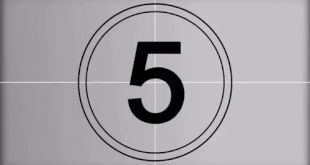By: Brian(Ruibo) Wu
Located southeast of the Dunhuang oasis, the Mogao caves, also known as the Thousand-Buddha Caves, are the world’s largest, most richly endowed, and longest-used treasure house of Buddhist art. They are located at a strategic point along the Silk Road, at the crossroads of trade as well as religious, cultural, and intellectual influences. According to historical records, the processes of painting and carving started in 366 AD, and continued for about 1000 years. The group of caves at Mogao displays a unique artistic achievement both by the organization of space into 492 caves on five levels and by the production of more than 2000 painted sculptures, and approximately 45000 square meters of murals, among which are many masterpieces of Chinese art.
The painted clay figures vary greatly in size, with the largest one being 33 meters tall and the smallest ones being about 10cm. Painted clay sculptures and murals in the Mogao Grottoes have mainly Buddhist themes, but they also include human figures, reflecting various societies and cultures of different times. In addition, they also demonstrate painting styles of different times in layout, figure design, delineation, and coloring, as well as the integration of Chinese and Western arts. The Mogao Grottoes display examples of various types of art, such as architecture, painting, and statuary.
 Tempus Magazine By Students, For Students
Tempus Magazine By Students, For Students 



